Tools for Transformation – Mantras
2014
Two Perspectives on Mantras as a Tool for Transformation
Dr. Amit Nagpal, New Delhi, India, and
Dr. Janet Smith Warfield, Florida, USA
Dr. Amit Nagpal’s Perspective
According to Wikipedia, Mantra (Sanskrit) means a sacred utterance, numinous sound, or a syllable, word, phonemes, or group of words believed by some to have psychological and spiritual power. The Sanskrit word mantra- (m.; also n. mantram) consists of the root man- “to think” (also in manas “mind”) and the suffix -tra, designating tools or instruments, hence a literal translation would be “instrument of thought”.
Mantra Chanting
There is a saying in Sanskrit, “Mananaat traayate iti mantrah” which means, “That which uplifts by constant repetition is a Mantra.” The recitation of Sanskrit Mantras transforms you by uplifting you to your higher self and the sound plays a critical role here.
Silencing the Mind
When one is fully immersed in the moment, it becomes a meditation of sorts. Yet it is a difficult skill to practice for a layman. One finds answers to life’s challenges in silence, rather than thinking or worrying. Yet those who have not experienced true silence may find it difficult to understand this. Here is a parody on mind:
The more she thought, the less she could think,
And the more she thought that ‘she thought’, even less she could think.
Then she thoughtfully gave it a serious thought and found it all unworthy of a thought,
And she experienced that the best state was actually a state of ‘Thoughtlessness.’
Love your thoughts tenderly.
Most people get irritated by the constant flow of thoughts in the mind and feel helpless. The important point we need to remember is that the dislike for the mind’s noise and clutter of thoughts does not solve but rather increases the problem. Most people fail at meditation and give up. Mantra chanting is an easier (though cruder) form of meditation and contemplation.
Here is a short poem on finding the beauty of silence by treating thoughts tenderly rather than disliking them:
She saw an army of a thousand thoughts coming.
She sent a thousand thoughts to greet and love them.
They got busy greeting—hugging each other.
And she wisely found, ‘The beauty of silence’.
Conclusion
Personally I regained my lost creativity by chanting the “Nam Myo ho Renge Kyo” mantra for one hour every day for a period of six months. Two stories explain this journey in detail, “How I regained my lost creativity?” and “3 Life lessons that led to Social Media Success.”
Once you experience the bliss of silence, you automatically become regular in contemplative practice. As they rightly say, the proof of the pudding is in the eating.
______________________________________________________________________________________________________
Dr Amit Nagpal is Chief Inspirational Storyteller at AL Services. He is a Social Media Influencer, Author, Speaker/Trainer & Coach. To know more, visit www.dramitnagpal.com. (His special interest and expertise lies in inspirational storytelling, anecdotes and visual storytelling)
AL Services offers content development/story writing, consulting, training and other services in the area of brand storytelling. To know more, write to amit@dramitnagpal.com.
______________________________________________________________________________________________________
Dr. Janet Smith Warfield’s Perspective
According to Thomas Ashley-Ferrand, mantras are sacred words of power. According to others, they are energy based sounds, embodying the highest spiritual state. Yet others refer to them as sound mysteries that change consciousness.
Some time ago, a friend sent me an email with a link to a series of SoundsTrue audios about Sanskrit mantras:
Knowing that I was working on another book about word energy, my foreign rights agent had previously mentioned Sanskrit as a language I should explore. Western language uses symbolism and meaning. Sanskrit uses the pure vibration of sound.
I ordered the audios and began listening. There was a mantra for bringing abundance into your life. Phonetically, it sounds like “Om schreem kleem Lakshmi ay Namaha.” Most of it is toned on a single note, with the “ay” one note higher and the “ma” in Namaha one note lower.
This longer mantra is composed of seed mantras. “Schreem” is the principle of abundance. “Kleem” is the principle of attraction. “Lakshmi” (pronounced “lockschmee”) is the Goddess of abundance, a beautiful woman with abundance flowing from her hands. “Namaha” means to salute.
According to Sanskrit philosophy, you can attract abundance into your life simply by saying, over and over, the simple seed mantra “schreem.” The longer mantra is supposed to be more powerful. I decided to play with the longer mantra and see what happened.
As I was driving to the Tampa airport to fly to Panama, I repeated the mantra over and over. Then I forgot about it.
When I arrived in Panama, there was a penny lying on the ground beneath my feet. Three days later, in Boquete, my travel agent, out of the blue, gave me a free $3 phone card. Then, my agent at the bank gave me two free 2011 calendars.
As so often happens in Panama, I fully expected the taxi driver who took me back to Boquete to notice that I was an American and triple his fee. He didn’t. It happened a second time.
Greetings, meetings, lunches, and dinners kept flowing in.
I’ve been wanting to facilitate healing workshops and had always wanted to go on a cruise. Suddenly, I was offered opportunities by PacificOrient Caribbean Cruises out of Australia and WhaleWatchingPanama around Coiba and Contadora Islands off the southern coast of Panama.
The kicker happened shortly before I arrived home. I’d been getting about ten hits a day on my website. Suddenly, the hits jumped to over 100.
Is there something going on here that I don’t understand but that somehow seems to work? Or is it just that as I focus on abundance, I become more aware of the abundance all around me flowing into my life? I don’t know the answer, but I think I’ll continue chanting the mantra.
______________________________________________________________________________________________________
Dr. Janet Smith Warfield serves wisdom-seekers who want understanding and clarity so they can live peaceful, powerful, prosperous lives. Through her unique combination of holistic, creative, right-brain transformational experiences and 22 years of rigorous, left-brain law practice, she has learned how to sculpt words in atypical ways to shift her listeners into experiences beyond words, transforming turmoil into inner peace. To learn more, go to www.wordsculptures.com, www.janetsmithwarfield.com, and www.wordsculpturespublishing.com.
______________________________________________________________________________________________________

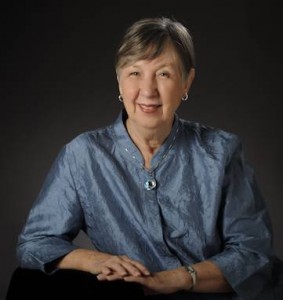
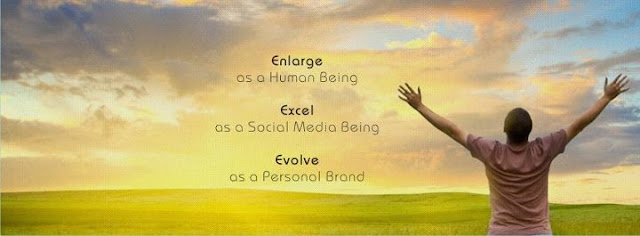

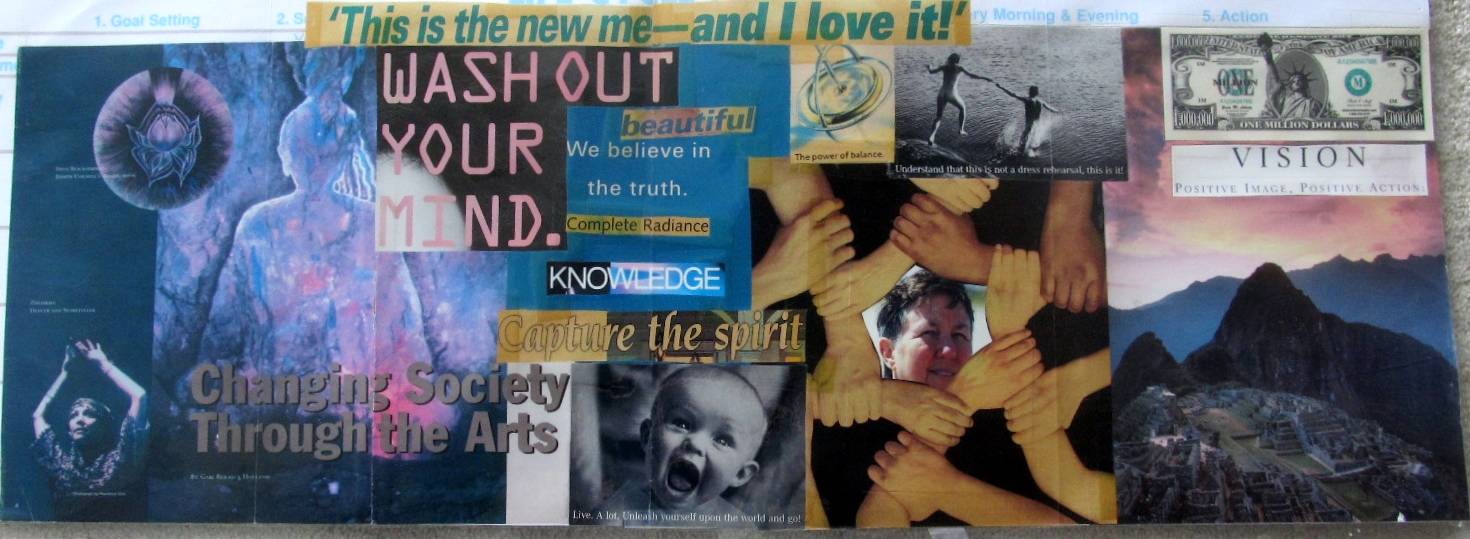


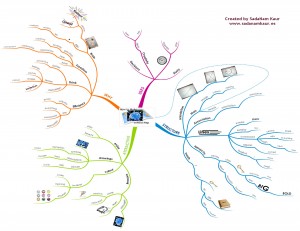
 Dr. Amit Nagpal’s Perspective
Dr. Amit Nagpal’s Perspective

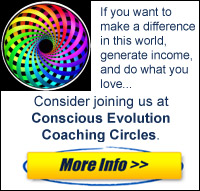


Comment